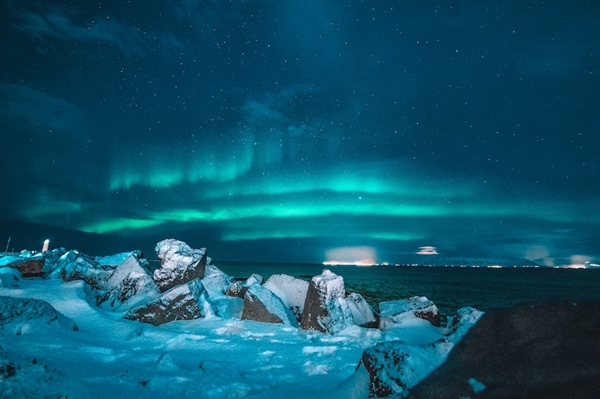
Iceland is rich with natural wonder and beauty. Since the very beginnings of its settlement, a balance has been struck between preserving and utilizing the fruits of Iceland’s geography. As the tourism industry has exploded in Iceland the scales have tipped and brought about a critical need for protective measures. Tourists coming to enjoy all the splendor that Iceland has to offer can do so with care and consciousness of the impact they each have on this delicate environment.
Unique Ecology
Iceland was first settled by Vikings in the 9th century. Needing food and shelter, they began clearing trees and grazing sheep. Thus began the deforestation and erosion that eventually led to a suspected loss of 90% of Iceland’s forests and 40% of its soil and ultimately, an ecology at odds. This conflict has continued into modern times with wind erosion, greenhouse gas emissions, and the environmental impact of energy production.
A Population Concerned with Change
Iceland has become a global leader in geothermal and hydro energy and this attitude of thinking to the future and protecting natural resources is becoming more mainstream. An extensive Gallup poll on Icelanders attitudes about environmental concerns found that they ranked 5th on top concerns behind things like health care and education. About 65% of Icelanders are concerned with climate change and over 85% said they would buy an electric or hybrid car.
Beekeeping in Iceland
Several failed attempts at importing and sustaining productive bee colonies from Sweden have transpired over more than a century but now Iceland has 100 beekeepers and 300 hives. Small local businesses like beekeepers rely on Icelanders' loyalty to pay more for a product that is locally produced and therefore supports fellow Icelanders and their environment. Icelanders see value in self-sufficiency and sustainability.
Importance of Responsible Tourism
The tourism industry in Iceland has seen tremendous growth since 2010 with a peak growth rate of 40% in 2016. Iceland’s delicate ecosystems and unblemished natural areas cannot be adequately preserved and protected for future generations without the help of tour companies and tourists alike.
Options for Eco-Conscious Travelers
There are limitless ways to enjoy the beauty of Iceland while leaving the smallest imprint possible. Packed with hiking and walking trails at every level of intensity, Iceland can be explored extensively on foot. Biking and horseback riding are low impact but extraordinary ways to tour. Rafting, snorkeling, and diving are ways to get onto and into the water surrounding and cutting through Iceland. Finally, just sitting and taking in the surroundings is a carbon footprint free choice for any traveler.
The immensity and variety of Iceland’s natural beauty is unmatched in the world. Finding a balance between protection and utility of this land and its resources is paramount to the preservation of its splendor well into the future. Nature loving travelers should continue to flock to its shores but be aware and mindful in the choices they make while visiting.
@Jaqueline Jarvis